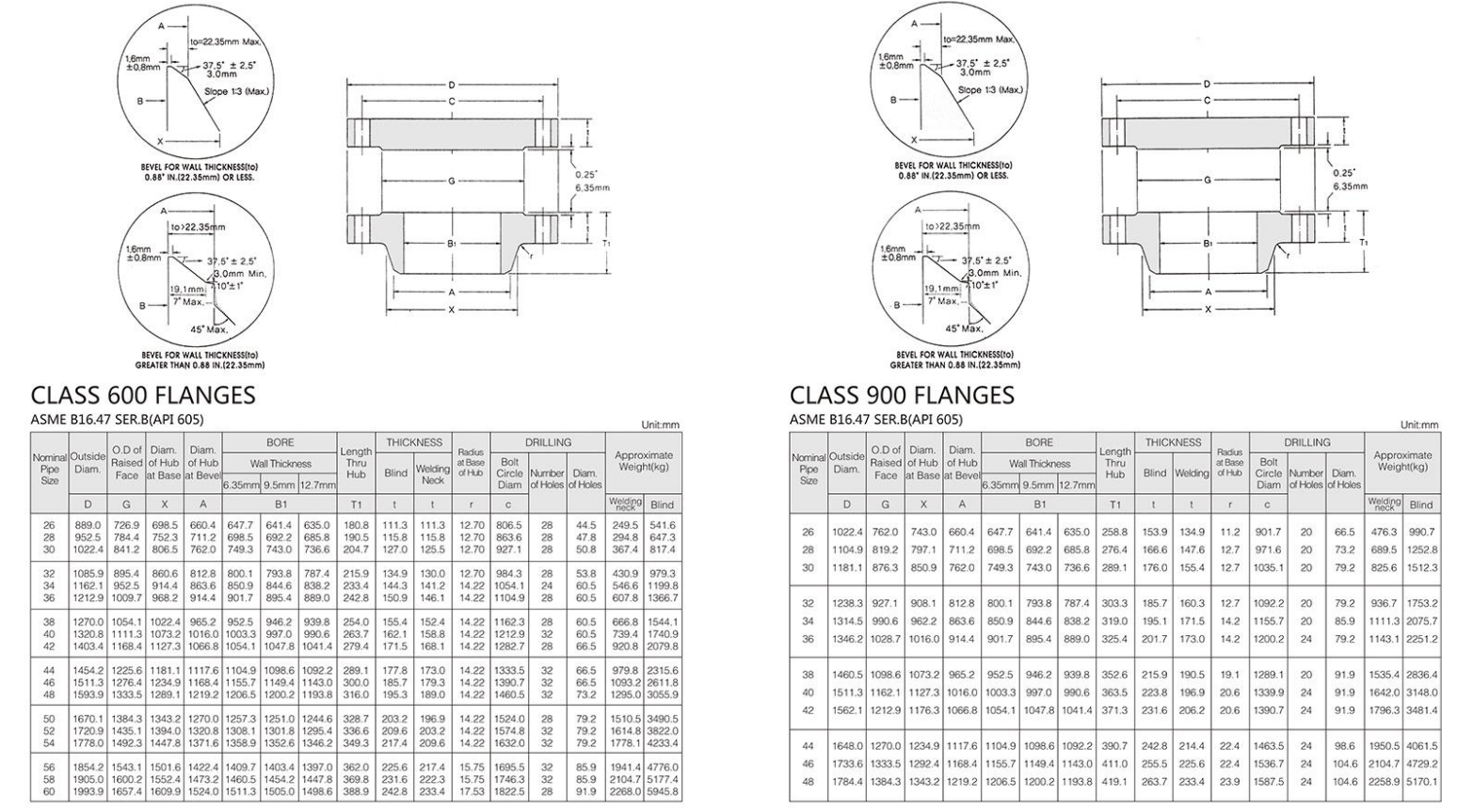-
Cangzhou Yulong Steel Co., Ltd.
-
Phone:
+86 13303177267 -
Email:
admin@ylsteelfittings.com
- English
- Arabic
- Italian
- Spanish
- Portuguese
- German
- kazakh
- Persian
- Greek
- French
- Russian
- Polish
- Thai
- Indonesian
- Vietnamese
- Zulu
- Korean
- Uzbek
- Hindi
- Serbian
- Malay
- Ukrainian
- Gujarati
- Haitian Creole
- hausa
- hawaiian
- Hebrew
- Miao
- Hungarian
- Icelandic
- igbo
- irish
- Japanese
- Javanese
- Kannada
- Khmer
- Rwandese
- Afrikaans
- Albanian
- Amharic
- Armenian
- Azerbaijani
- Basque
- Belarusian
- Bengali
- Bosnian
- Bulgarian
- Catalan
- Cebuano
- China
- China (Taiwan)
- Corsican
- Croatian
- Czech
- Danish
- Esperanto
- Estonian
- Finnish
- Frisian
- Galician
- Georgian
- Kurdish
- Kyrgyz
- Lao
- Latin
- Latvian
- Lithuanian
- Luxembourgish
- Macedonian
- Malgashi
- Malayalam
- Maltese
- Maori
- Marathi
- Mongolian
- Myanmar
- Nepali
- Norwegian
- Norwegian
- Occitan
- Pashto
- Dutch
- Punjabi
- Romanian
- Samoan
- Scottish Gaelic
- Sesotho
- Shona
- Sindhi
- Sinhala
- Slovak
- Slovenian
- Somali
- Sundanese
- Swahili
- Swedish
- Tagalog
- Tajik
- Tamil
- Tatar
- Telugu
- Turkish
- Turkmen
- Urdu
- Uighur
- Welsh
- Bantu
- Yiddish
- Yoruba

Oct . 11, 2024 12:19 Back to list
Exploring the Characteristics of B444 UNS N06625 Alloy in Various Applications
Understanding B444 UNS N06625 A Comprehensive Overview
B444 UNS N06625, also known as Alloy 625, is a high-performance nickel-based alloy that has gained significant attention across various industries due to its outstanding mechanical properties, corrosion resistance, and weldability. In this article, we will delve into the characteristics, applications, benefits, and processing techniques associated with this alloy.
Composition and Properties
B444 UNS N06625 is primarily composed of nickel (58% minimum) with a balanced proportion of chromium (20-23%) and molybdenum (8-10%). This unique composition endows the alloy with remarkable resistance to oxidation and reduction environments, making it ideal for harsh operating conditions. In addition to these elements, the alloy may also contain small amounts of iron, niobium, tantalum, and other trace elements that contribute to its overall performance.
The alloy's strength properties are particularly noteworthy. It maintains high tensile strength at elevated temperatures and demonstrates excellent creep and rupture strength. The alloy's mechanical properties can be further enhanced through various heat treatments, allowing it to withstand extreme conditions that would degrade lesser materials.
Corrosion Resistance
One of the standout features of B444 UNS N06625 is its exceptional resistance to corrosion. The alloy is particularly resistant to pitting, stress corrosion cracking, and oxidation in a wide variety of corrosive environments. This makes it an ideal choice for industries such as aerospace, chemical processing, and marine applications, where exposure to aggressive substances is common.
The alloy’s resistance to corrosive media, including acids and alkaline solutions, ensures prolonged service life and reduced operational costs. This durability is especially critical in processes such as oil and gas extraction, where failures can lead to catastrophic consequences and significant financial losses.
Applications
B444 UNS N06625 is utilized in various applications, reflecting its versatility and reliability. Some of the key industries and applications include
1. Aerospace The aerospace sector relies heavily on materials that can withstand extreme temperatures and corrosive environments. B444 UNS N06625 is often used in aircraft engines, gas turbines, and exhaust systems.
2. Chemical Processing The chemical industry frequently encounters aggressive environments that can quickly degrade standard materials. Alloy 625 is commonly used for manufacturing piping systems, heat exchangers, and reaction vessels.
3. Marine Engineering With its excellent resistance to seawater and other corrosive environments, B444 UNS N06625 is an ideal choice for offshore platforms, shipbuilding, and underwater applications.
b444 uns n06625

4. Nuclear Power In nuclear applications, the alloy’s resilience to both corrosion and high temperatures makes it suitable for components such as reactors and steam generators.
5. Gas Turbines B444 UNS N06625 is used in gas turbine components that operate at elevated temperatures, contributing to improved efficiency and performance.
Benefits of B444 UNS N06625
The use of B444 UNS N06625 offers several advantages
- High Strength-to-Weight Ratio This alloy provides strength while remaining lightweight, critical for applications where weight is a consideration, such as aerospace.
- Enhanced Durability The excellent corrosion resistance leads to lower maintenance costs and extended service life.
- Versatility Its ability to perform in varying conditions makes it suitable for a range of applications across different industries.
- Weldability B444 UNS N06625 can be easily welded and formed, allowing for flexible manufacturing processes.
Processing Techniques
Manufacturing components from B444 UNS N06625 involves various processing techniques, including forging, machining, and welding. The alloy can be hot worked at elevated temperatures to enhance its mechanical properties. Additionally, suitable welding techniques, often involving filler materials that match the alloy composition, are crucial to construct reliable and durable welds.
Conclusion
B444 UNS N06625 (Alloy 625) stands out as a premier material choice for industries demanding high performance, exceptional strength, and outstanding corrosion resistance. Its robust properties and versatility make it indispensable in various applications. Understanding its unique characteristics and capabilities can provide insights into how this alloy can meet the rigorous demands of modern engineering challenges. As industries continue to evolve and develop new technologies, the relevance and application of B444 UNS N06625 will likely remain at the forefront of material science innovation.
Latest news
-
ANSI 150P SS304 SO FLANGE
NewsFeb.14,2025
-
ASTM A333GR6 STEEL PIPE
NewsJan.20,2025
-
ANSI B16.5 WELDING NECK FLANGE
NewsJan.15,2026
-
ANSI B16.5 SLIP-ON FLANGE
NewsApr.19,2024
-
SABS 1123 FLANGE
NewsJan.15,2025
-
DIN86044 PLATE FLANGE
NewsApr.19,2024
-
DIN2527 BLIND FLANGE
NewsApr.12,2024
-
JIS B2311 Butt-Welding Fittings LR/SR 45°/90° /180°Seamless/Weld
NewsApr.23,2024











